Report this entry
More from the same community-collection
Article about El Paso Pop Festival, 1969 part 2
A July 11, 1969 The Prospector clipping about the success of El ...
Bobby Fuller Four Newspaper Clipping, 1966
A 1966 newspaper clipping spotlighting the Bobby Fuller Four.
The New Fawn Club Dance Article Clipping, 1952
A January 26, 1952 El Paso Times article clipping advertising a ...
"I Love You Gorgo" Album Announcement, 1970
An April 19, 1970 El Paso Times article clipping announcing the ...
Article Announcing Album Release of The Embers Band, 1965
A May 8, 1965 El Paso Times article announcing the wide release ...
Local Band "The Henchmen" Article Clipping, 1966
A December 3, 1966 El Paso Times article detailing an interview ...
Tea Dance at the Music Inn Advertisement, 1956
A May 26, 1956 El Paso Times advertisement for a Tea Dance at ...
Chuck Berry Live at Latin Quarter, 1957
A June 21, 1957 El Paso Times advertisement for a dance at the ...
The Interpreter, Vol. 20, 1964 pgs. 2, 5
The September, 1964 issue of The Interpreter, a regional ...
The Interpreter, Vol. 20, 1964 pgs. 6, 3
The September, 1964 issue of The Interpreter, a regional ...
The Interpreter, Vol. 20, 1964 pgs. 4, 7
The September, 1964 issue of The Interpreter, a regional ...
"Beauticians to Present Debutantes" El Paso Times Article, 1968
A November 17, 1968 El Paso Times page featuring an article on ...
Citywide Beauticians Club "Debutantes of 1968-1969" Program Cover
The front cover of the Citywide Beauticians Club's "Debutantes ...
Citywide Beauticians Club "Debutantes of 1968-1969" Program
Page 1 of the Citywide Beauticians Club's "Debutantes of ...
Citywide Beauticians Club "Debutantes of 1968-1969" Program
Pages 2 and 3 of the Citywide Beauticians Club's "Debutantes of ...
Citywide Beauticians Club "Debutantes of 1968-1969" Program
Pages 4 and 5 of the Citywide Beauticians Club's "Debutantes of ...
Citywide Beauticians Club "Debutantes of 1968-1969" Program
Pages 6 and 7 of the Citywide Beauticians Club's "Debutantes of ...





















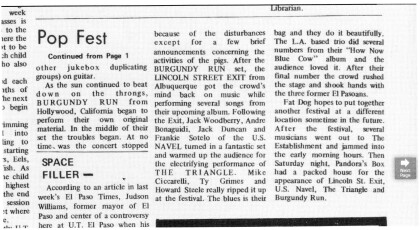
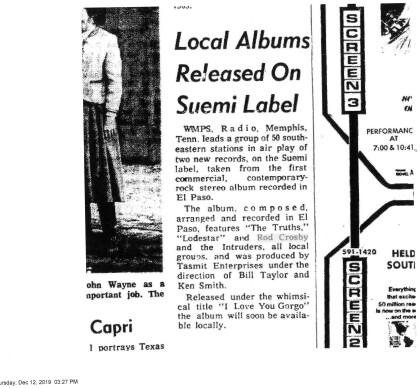
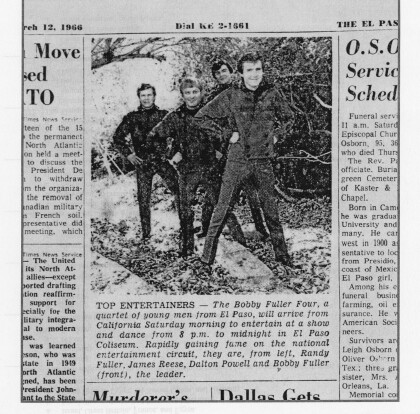
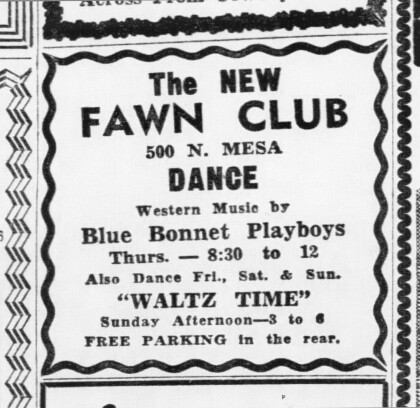

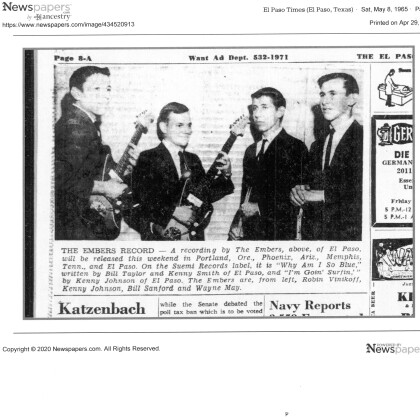
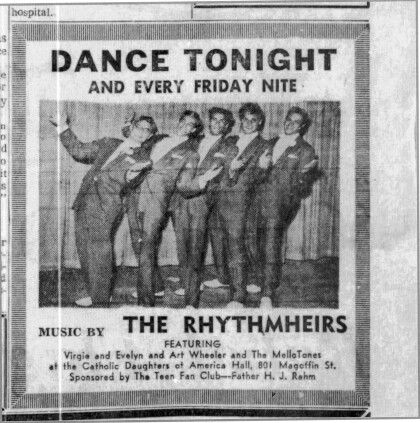
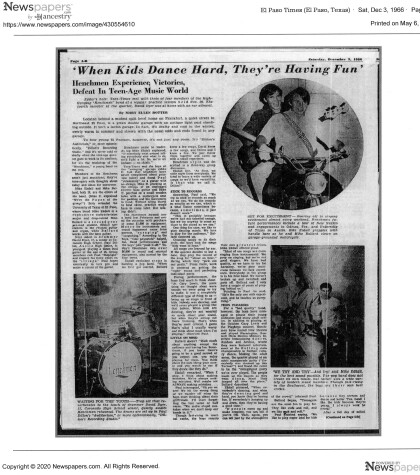


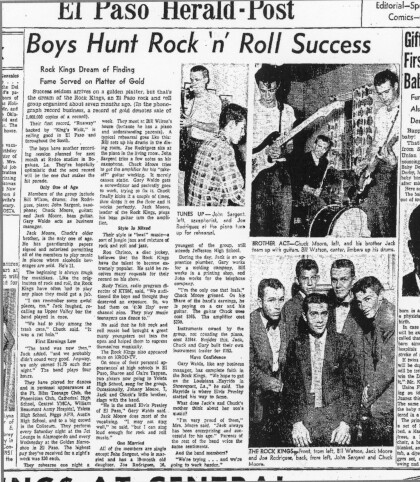
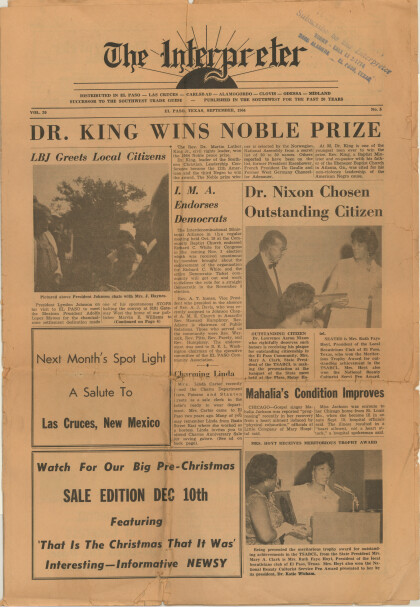
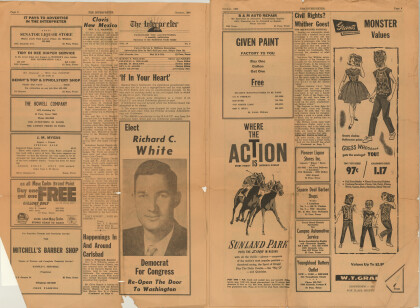
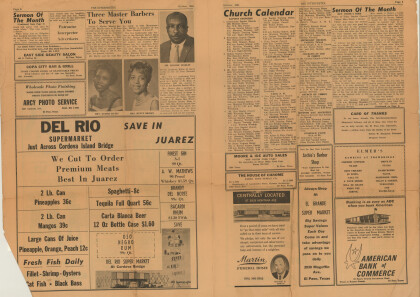
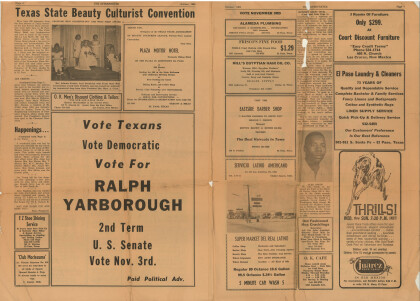
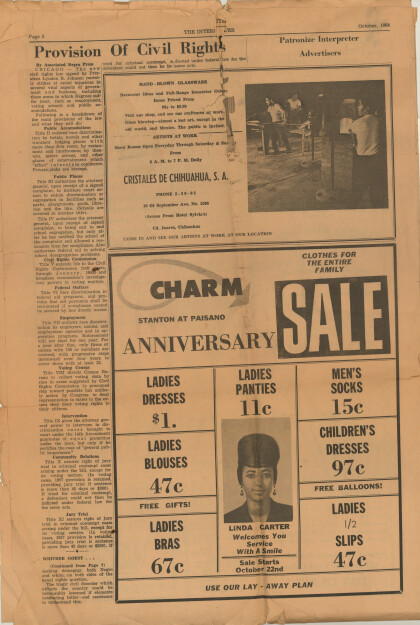
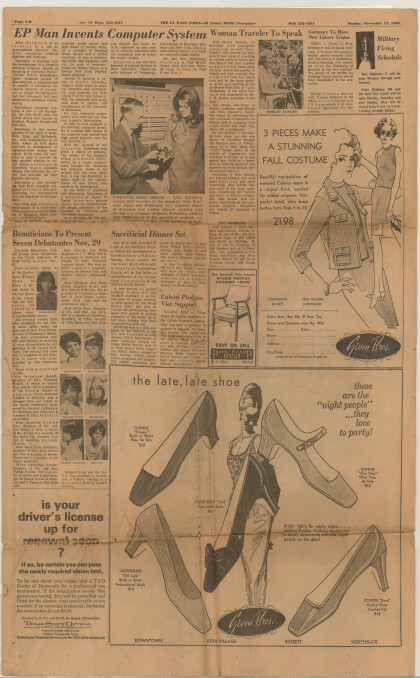
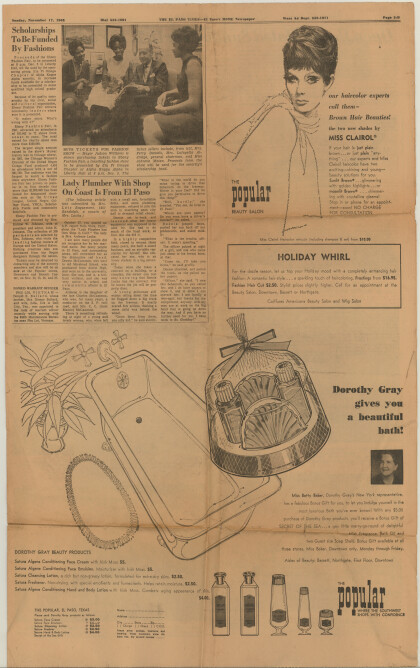
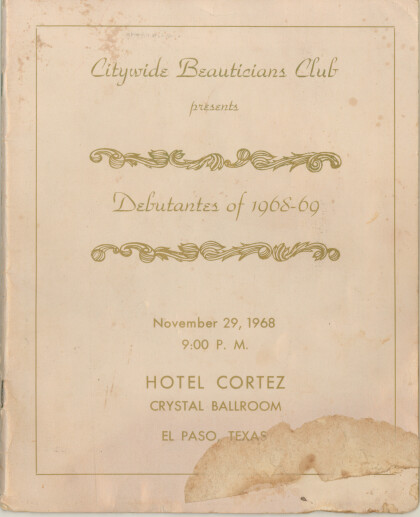
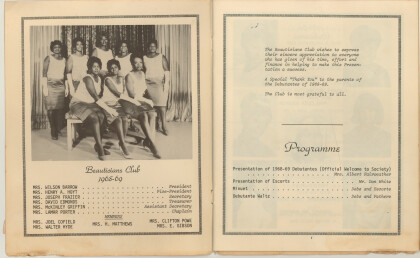
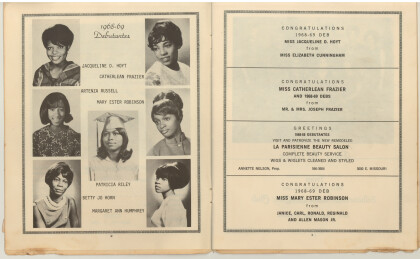
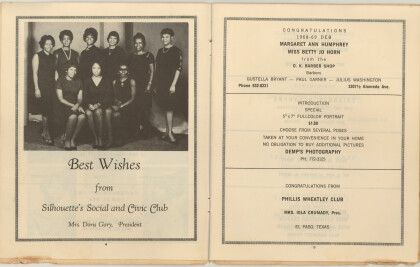
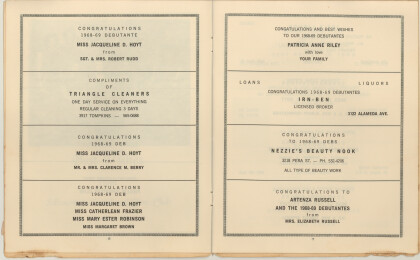
Comments
Add a comment